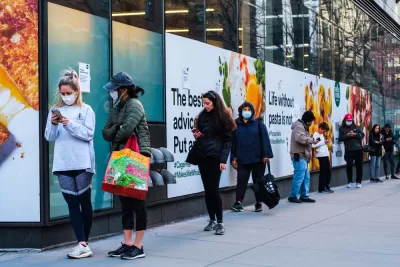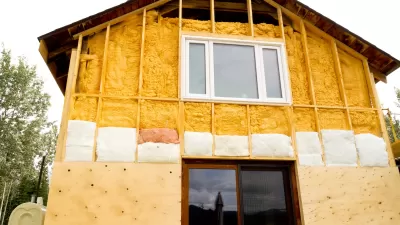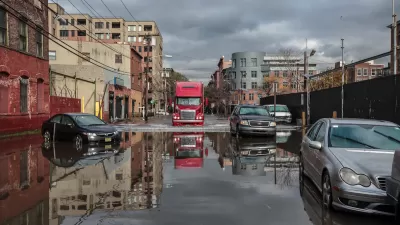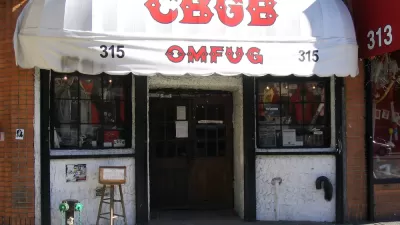New York City launched its first ever environmental justice study just before the Covid-19 pandemic turned the world upside down. The study took on a new urgency throughout the months and years that followed.

Danielle Muoio Dunn checks in with an environmental justice effort that launched in New York City just before the onset of the stay-at-home orders and shutdowns of the early pandemic.
Backing up the beginning, Mayor Bill de Blasio hired Adriana Espinoza at the beginning of 2020 to lead New York City’s first environmental justice study. A few weeks later, Covid-19 would give the study a whole new meaning, according to Dunn.
Communities of color that have long lived in the shadow of power plants, highways and waste transfer stations were among the hardest hit by the pandemic. Black and Latino residents have had significantly higher death rates than their white counterparts — often due to higher rates of preexisting respiratory conditions that trace their root, in part, to living in highly polluted areas of the city.
Dunn reports that the report will be released within months. Along the pandemic way, Espinoza says the work took on "newfound urgency to not only expose the environmental injustices that exist throughout New York, but [also to] create new standards for the government agencies she works with to undo them."
The source article also discusses examples of other jurisdictions around the country working to account for the effects of environmental injustice. The federal government has its own effort. "The Biden administration has similarly increased its focus on environmental justice communities through the Justice40 initiative — a program meant to ensure at least 40 percent of federal investments in climate and clean energy go to disadvantaged communities," writes Dunn.
FULL STORY: An ‘urgent’ crisis: City's study of environmental inequities gains new momentum amid Covid

Study: Maui’s Plan to Convert Vacation Rentals to Long-Term Housing Could Cause Nearly $1 Billion Economic Loss
The plan would reduce visitor accommodation by 25,% resulting in 1,900 jobs lost.

North Texas Transit Leaders Tout Benefits of TOD for Growing Region
At a summit focused on transit-oriented development, policymakers discussed how North Texas’ expanded light rail system can serve as a tool for economic growth.

Using Old Oil and Gas Wells for Green Energy Storage
Penn State researchers have found that repurposing abandoned oil and gas wells for geothermal-assisted compressed-air energy storage can boost efficiency, reduce environmental risks, and support clean energy and job transitions.

Santa Barbara Could Build Housing on County Land
County supervisors moved forward a proposal to build workforce housing on two county-owned parcels.

San Mateo Formally Opposes Freeway Project
The city council will send a letter to Caltrans urging the agency to reconsider a plan to expand the 101 through the city of San Mateo.

A Bronx Community Fights to Have its Voice Heard
After organizing and giving input for decades, the community around the Kingsbridge Armory might actually see it redeveloped — and they want to continue to have a say in how it goes.
Urban Design for Planners 1: Software Tools
This six-course series explores essential urban design concepts using open source software and equips planners with the tools they need to participate fully in the urban design process.
Planning for Universal Design
Learn the tools for implementing Universal Design in planning regulations.
Ascent Environmental
Borough of Carlisle
Institute for Housing and Urban Development Studies (IHS)
City of Grandview
Harvard GSD Executive Education
Toledo-Lucas County Plan Commissions
Salt Lake City
NYU Wagner Graduate School of Public Service





























